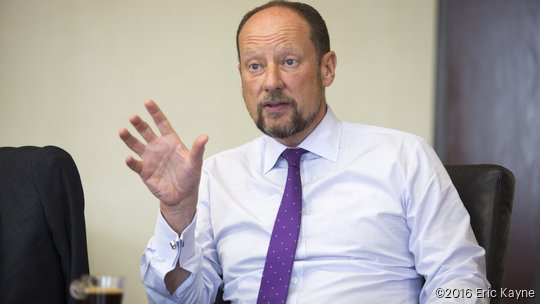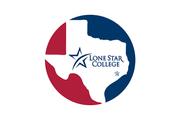
Deals in the energy transition sector drove increased revenue for KBR Inc. (NYSE: KBR), according to the Houston-based technology and engineering company's second-quarter results.
Within its Sustainable Technology Solutions business unit, the contractor closed deals with ISU Chemical Co. and Avina Clean Hydrogen to design a lithium-sulfide battery unit and to work on a green ammonia project, respectively. Those deals brought in a $5.1 billion backlog for the second quarter, and the sector saw a 32% year-over-year increase in revenue.
Government solutions, the other arm of KBR’s business, saw a quieter quarter, which CEO Stuart Bradie attributed to the “lumpiness,” or inconsistency, of the industry. Despite a lack of major contracts awarded during the second quarter, Bradie said the company had landed 90% of its projected work under contract for 2023, and its book-to-bill ratio for the past 12 months indicates a strong demand.
One of the contracts the company will record for the third quarter is a deal worth up to $1.9 billion with NASA for operations on its human spaceflight programs. The contract will initially run for five years but has options to extend its term up to nine years. The deal follows another NASA contract worth up to $719 million, which KBR landed as part of a joint venture with Intuitive Machines (Nasdaq: LUNR).
“Overall, it’s been a terrific quarter,” Bradie said. “We beat consensus, we delivered outstanding cash. Our bookings going into Q3 are already terrific, and I think we’re a company that’s really outperforming in the operating line of setting.”
Overall revenue grew 8.4% year-over-year, and adjusted earnings before interest, taxes, depreciation and amortization increased by 16%, according to Mark Sopp, KBR’s executive vice president and CFO. Sopp reiterated Bradie’s comments on KBR’s energy transition deals and pointed out the still-favorable numbers from the government solutions sector from international deals.
“We take it for granted that margins are fixed for government services, but they’re not — you have to earn incentive-based fees that are driven by quantitative performance by a lot of folks in the government, and time and again our group delivers incredibly strong performance,” Sopp said.
Sopp did note increased interest rates would counterbalance some of KBR’s growth. Additionally, the company’s settlement of a $144 million civil suit related to a U.S. Army contract filed over a decade ago was not reflected in the adjusted earnings per share guidance, which increased by 16% year over year.
Bradie discussed the worldwide growth in adopting ammonia as a technology during the question-and-answer section of the call. Ammonia serves purposes in both agriculture and energy storage. In industry parlance, “blue” refers to ammonia produced with nitrogen and “blue” hydrogen, which is derived from natural gas while the carbon dioxide byproduct is captured and stored, while “green” ammonia is made with renewable electricity and water — naturally producing little to no emissions.
KBR previously landed a blue ammonia contract with Amsterdam-based OCI NV to provide technology licensing and engineering for OCI’s plant in Beaumont, Texas. Bradie said during the call that KBR had not observed any locations where ammonia technology development was concentrated, though he noted an uptick in the U.S.
“It is a very global business,” Bradie said. “In each quarter, there seems to be activity levels in one region or another, Asia’s obviously growing fast economically, and it’s picked up in the U.S. more so than historically.”
Part of the company’s drive to land sustainable technology contracts comes from uncertainty over domestic and international government contracting work and increased commitments from companies toward carbon neutrality. Continued opportunities in the sector will be expected due to political instability and the need to update aging infrastructure, KBR said in a Securities and Exchange Commission filing.
In 2020, KBR eliminated its Energy Solutions segment, leaving the company with its Government Solutions segment and what was then called the Technology Solutions business unit.
KBR is No. 31 on the Houston Business Journal's 2023 Largest Houston-Area Public Companies List, based on its 2022 revenue of $6.56 billion.





